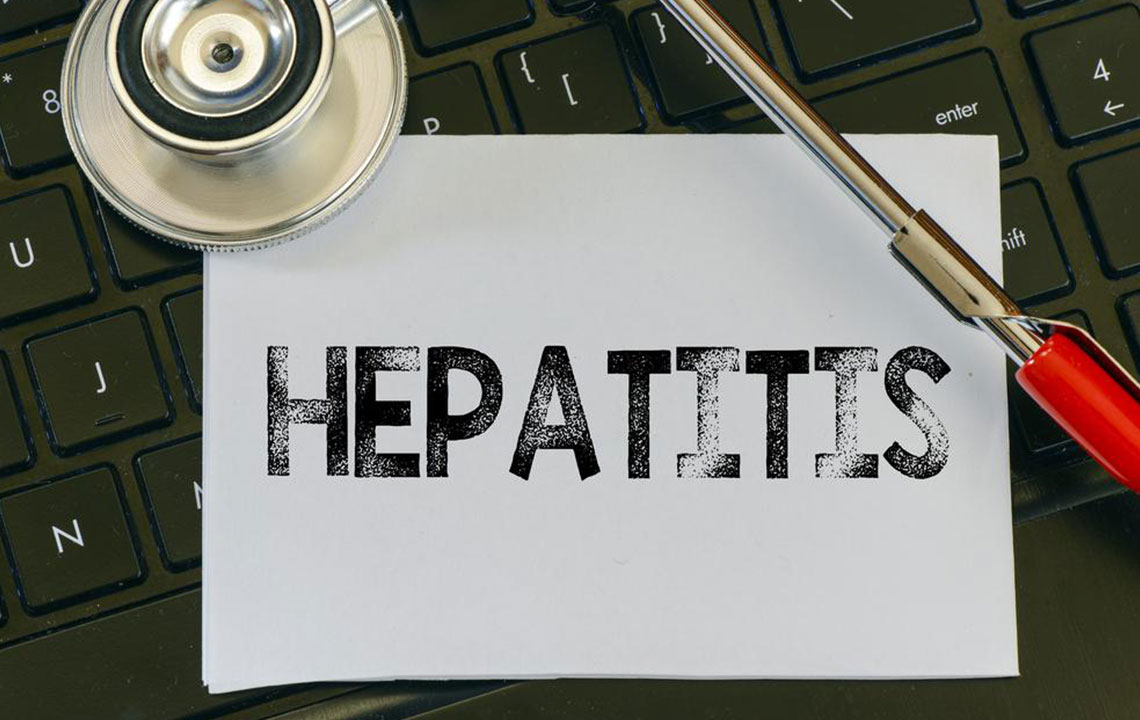All You Need To Know About Hepatitis C Symptoms

Hepatitis is a disease characterized by the inflammation of the liver. The most common cause of hepatitis are hepatitis viruses A, B, and C. It can also be caused by certain infections, medications or toxins.
Hepatitis C is the most dangerous form of hepatitis disease. It is of two types: Acute hepatitis C and chronic hepatitis C. The symptoms of acute hepatitis C are short-lived, and it is less serious. However, chronic hepatitis C is a more severe condition which can last for one’s entire lifetime. In most of the cases, acute hepatitis C turns into chronic hepatitis C.
Hepatitis is called an invisible disease because sometimes the symptoms are not even visible. In some cases of chronic hepatitis C, the symptoms show after a very long time of being infected by the virus. For the virus to damage the liver enough to show symptoms of a disease, it can take from 6 weeks to up to 10 years.
In case of acute hepatitis C, no symptoms are visible when the infection begins. In other cases, some visible hepatitis C symptoms are visible such as,
Stomach Ache
Since the hepatitis C virus directly attacks the liver, the whole digestive system is disrupted. Every organ in the digestive system is affected by the infection including the stomach, the liver, and other organs. Stomach ache is one of the most common symptoms of hepatitis C infection. It can be accompanied by vomiting.
High Temperature
Right after infection, people can experience a sudden rise in body temperature. Feeling feverish is a common symptom experienced by people who have hepatitis virus.
Tiredness
Some people complain of feeling excessively tired or fatigued even after minimal physical activity. Feeling weak and tired is one of the symptoms of acute hepatitis C.
Poor Appetite
Poor appetite is another symptom of acute hepatitis C. The symptom further creates other problems such as weakness in the body and constant feeling of fatigue and tiredness.
Nausea And Vomiting
Most people who experience hepatitis C symptoms complain of a nauseating feeling. It can be accompanied by vomiting due to infected liver.
Disrupted Bowel Movements
Since the digestive system takes the biggest hit due to the viral infection, the bowel movements are sometimes reported to be irregular and abnormal. It can be seen as an extension of stomach ache symptom.
Ascites
Ascites means fluid buildup in the abdomen. It can be one of the reasons why people feel bloated when suffering from this infection.
Bloating
Bloating means swelling up of the stomach due to some fluid or gas buildup in the body. Since the hepatitis virus disrupts the bowel movement and causes ascites, a bloated stomach can be caused by either gas or excess fluid in the abdomen area.
Hepatic Encephalopathy
Hepatic Encephalopathy is a condition where the patient experiences a constant sense of stupor, confusion, and drowsiness. Slurred or illegible speech can accompany it. The patient might also struggle with memory and will constantly forget things.
Spider Angiomas
Spider Angioma is a condition characterized by a web-like formation of the blood vessels. When the infection becomes chronic, these webs of blood vessels could easily be spotted as they protrude from under the skin.
Jaundice
Another symptom that appears after the infection spreads in the blood is jaundice. It is a disease which is characterized by high fever, yellow eyes and skin, weakness, and dark urine. The yellow eyes and pale skin are the most noticeable and most common indicators of Jaundice. People who are infected with hepatitis C virus have an inflamed liver. This makes them susceptible to catching jaundice very easily.
Joint Pain
Joint pain is another symptom which appears after the virus infects the body. Sudden muscle pain can accompany it.
Bloody Stool
Hepatitis C infection leads to irregular bowel movements and disrupted digestive symptom. This can sometimes be accompanied with bloody stool which is an indicator of internal infection in the body.
Weight Loss
Weight loss is also one of the most common hepatitis C symptoms. It is a result of some other symptoms such as loss of appetite, problematic and irregular bowel movements, and jaundice. Weight loss is generally a delayed symptom but is commonly experienced by the patients of hepatitis C.
Bleeding And Bruising
People suffering from hepatitis C symptoms bruise and bleed easily. The patients suffer from a condition in which the skin becomes excessively sensitive and itchy. It can lead to easy bruising. Bleeding is also very common in chronic hepatitis C patients.
The degree of these symptoms can vary depending on the severity of the infection in the body. In more severe cases, the symptoms can be pronounced. While in less severe ones, they can be mild, or almost negligent, which makes it hard to detect.
Hepatitis C infection can be caused due to sharing non-sterile needles, having unprotected sex or getting a tattoo in a non-sterile environment. It is essential to take preventive measures to avoid the infection.


